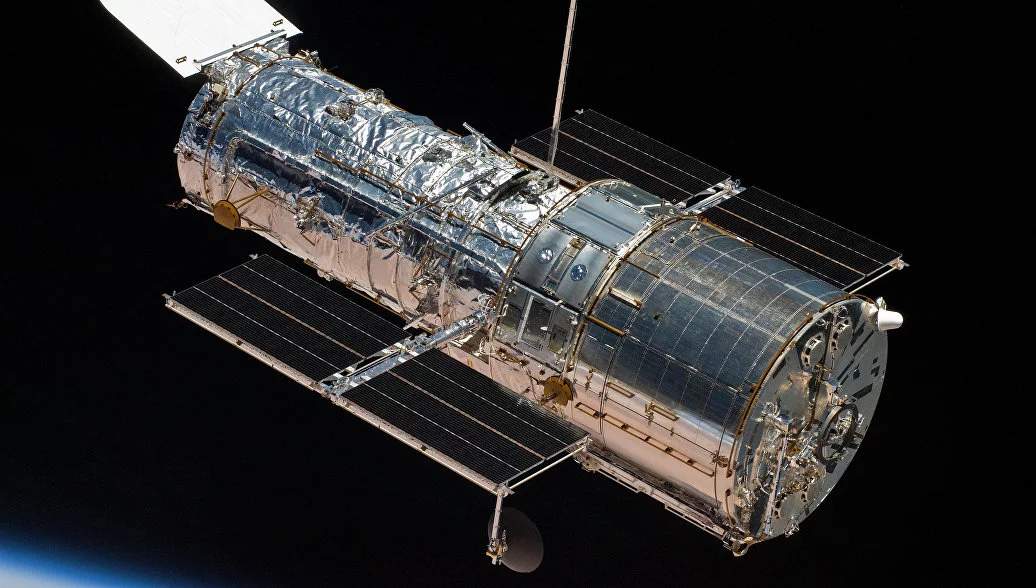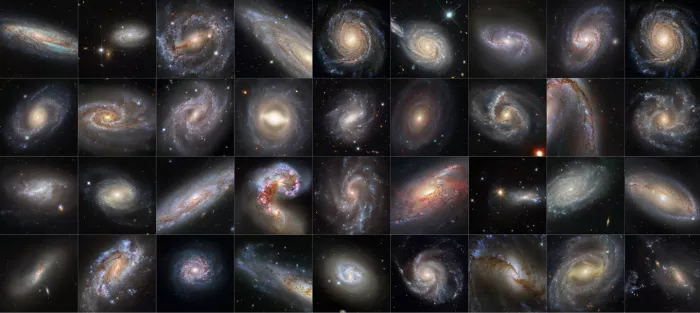NASA has released a huge new report, which astronomers call Hubble's "masterpiece". By analyzing 30 years of data from famous space telescopes, the new study makes the most accurate measurement of the speed of cosmic expansion. For a century, astronomers have known that the universe is expanding, thanks to the observed galaxies moving away from us - the farther away they are from us, the faster they are. The speed at which they move, relative to their distance from the earth, is a number called the Hubble constant, and measuring this value is one of the main tasks of the space telescope of the same name.

To measure the Hubble constant, astronomers study the distance of objects with known brightness - so that the darker it looks, the farther it becomes. For relatively close objects or nearby objects in our Milky Way galaxy, this role is filled by Cepheids, a class of stars that pulse in predictable modes. For further distances, astronomers use so-called type Ia supernovae - Cosmic explosions with well-defined brightness peaks.
Over the past few decades, measurements of these objects have enabled astronomers to calculate the Hubble constant, which is about 70 kilometers (43.5 miles) per megagalaxy (/ S / MPC) per second. In essence, galaxies 1 megajoule (about 3.3 million light-years) away from the earth will move away at a speed of 70 kilometers per second, and for every 1 megajoule away, this speed will increase by 70 kilometers per second.
For this new study, a team of scientists has now collected and analyzed the most comprehensive catalogue of these objects so far in order to make the most accurate measurement of Hubble constant so far. This was done by studying 42 galaxies containing both goafs and type Ia supernovae photographed by Hubble over the past 30 years.
Adam Rees, the team's chief scientist, said: "this is the purpose of the Hubble Space Telescope, which uses the best technology we know to do this. This is likely to be Hubble's' masterpiece ', because it will take another 30 years for Hubble to double the sample size."

The 36 galaxies imaged by Hubble contain Cepheid stars and type Ia supernovae, which are the two main indicators used to calculate the Hubble constant.
From this work, the team calculated the Hubble constant of 73 km / S / MPC (45.4 miles), with an error of only 1 km / S / MPC (0.6 miles). This reduces the uncertainty to only 1.4%, which is much more accurate than other measurement methods. This new accuracy can help astronomers improve cosmological models, including better estimates of the age of the universe and what may happen in its future.
"The Hubble constant is a very special number," said cosmologist Dr. Licia Verde, who was not involved in the study. "It can be used to thread the needle and test our understanding of the universe end-to-end from the past to the present. It requires a lot of careful work.".
However, a major mystery remains. The standard cosmological model predicts that the Hubble constant should be much slower - about 67.5 km / S / MPC (41.9 miles), which is also supported by observations of the background radiation left by the big bang. This difference seems to be due to our position in the universe - the constant is faster in our region and slower in the distant universe, even taking into account the known acceleration of expansion.
The simplest explanation sounds like someone made a mistake, but strangely, both cases are very reliable. Instead, astronomers suggest that new and unknown principles of physics may be at work. Fortunately, we may not have to wait too long to find the new clue to the mystery - NASA's upcoming James Webb Space Telescope will be able to study these same markers from a longer distance and higher resolution.
The study will be published in the Journal of Astrophysics: